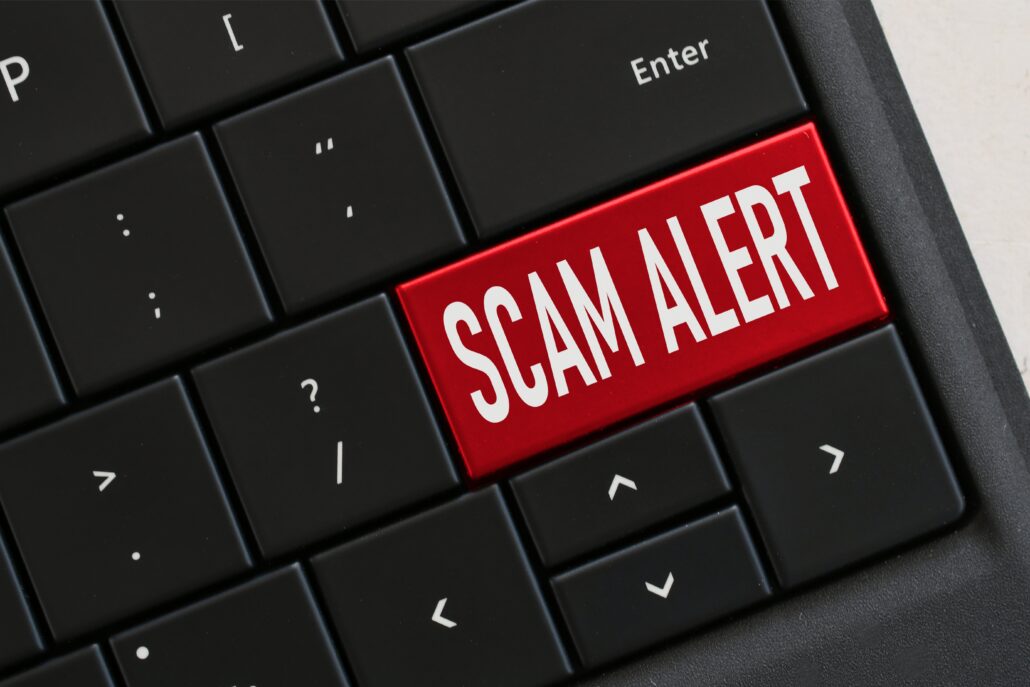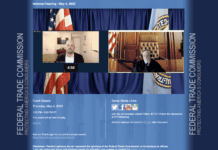 There’s a trademark scam making the rounds lately that, while not strictly illegal, could be costly if you fall for it.
There’s a trademark scam making the rounds lately that, while not strictly illegal, could be costly if you fall for it.
The latest making the rounds is a trademark scam, mostly originating in Indonesia, that tries to scare companies into thinking they’re about to lose their trademark rights to their business names and logos — unless, of course, they pay the scammer to protect that trademark for you or to not register the trademark to someone else.
The emailer generally makes it seem urgent, saying that if you don’t act within 48 or 72 hours, they’ll register your name under someone else’s trademark and you’ll be in violation of trademark infringement laws and could be on the hooks for an infringement lawsuit that could result in fines of hundreds of thousands of dollars.
Jerry Vaughn, President and CEO of CEALS (Corporate Events and Leisure Services) recently got one of these emails. He’d been targeted for a similar threat a few years ago, but since he was about to change the company’s name anyway and incorporate as a limited liability company in the state of Washington, “I just told him to go fly a kite,” says Vaughn. Earlier this year, he took further precautions by becoming part of the Safe Harbor Act because, he says, “There’s a whole cottage industry now of attorneys who essentially are trying to extort money from companies when they detect a weakness — such as not having their business name officially registered with the U.S. Patent and Trademark Office (USPTO).”
While these letters and emails may look official, a good rule of thumb when trying to figure out if this is legit or not is to check if snail mail correspondence regarding your trademark application or registration is actually from the USPTO in Alexandria, Va. Official emails should be sent from an address ending in @uspto.gov. The USPTO also will directly send correspondence to your attorney of record, if one is listed.
The letter Vaughn received did not pretend to be from the USPTO, but instead was from an attorney who said he was proceeding to trademark the CEALS name and Vaughn would have to pay to stop that from happening. Vaughn immediately contacted the trademark attorney he had worked with on the Safe Harbors Act, who advised him that, while the Act and the state of Washington did provide some protection, he still could have some vulnerability. His options were to register his trademark using a trademark attorney, which could be costly even if he didn’t give his business to the lawyer who wrote the letter, or to try to do it on his own.
Vaughn looked into it and decided to take the latter option. While he did have to pay hundreds in application fees and activation expenses, and it took him a day or so to do, he was able to fairly easily go on the USPTO website and get it done.
“As I was checking into all this, I found that a number of other organizations, including those in the meetings and incentives business, also received similar letters,” Vaughn says. “There’s a real problem out there.” He stresses that, according to a trademark attorney he consulted with, this particular scam isn’t illegal per se, but it can still cause a lot of anxiety — and potentially a lot of money to resolve if you don’t take action to counter the move.
If you don’t trademark the name yourself and the author of the threatening letter goes ahead and trademarks your name, you don’t have much choice but to change your established name, which in many cases could be both a daunting task and a risk of losing business based on the long-standing reputation associated with the company’s established name.
“I feel like I’m well protected now and would not be subject to one of what is essentially a trademark extortion attempt,” Vaughn says. “But there are a lot of businesses that could be hurt by this — and it’s usually the small business owner that they target — and it could put you out of business. It may not be a crime, but it’s basically a legal form of identity theft.”
His advice to anyone who receives one of these letters, has not already registered their business name trademark, and wants to avoid hiring a trademark lawyer to handle it:
- Conduct a trademark search on the USPTO website to ensure that your name is not already trademarked by someone else.
- File a trademark application directly with the USPTO. This can be done online through the Trademark Electronic Application System (TEAS).
- Pay the required filing fee, which is currently $250-$350 per class of goods/services.
- Respond to any actions or requests for information from the USPTO during the application process.
- Breath a big sigh of relief once your trademark registration has been approved.
You May Also Be Interested In…
Passport Agencies to Open in Six New U.S. Cities
House of Representatives Passes No Hidden FEES Act
Cvent Acquires AI-Powered Sourcing Company Reposite





